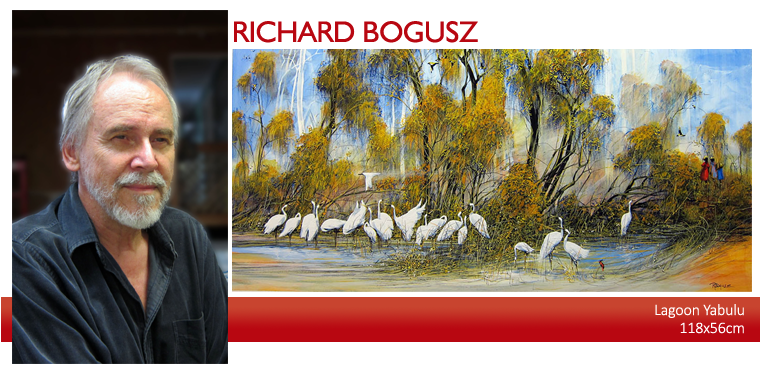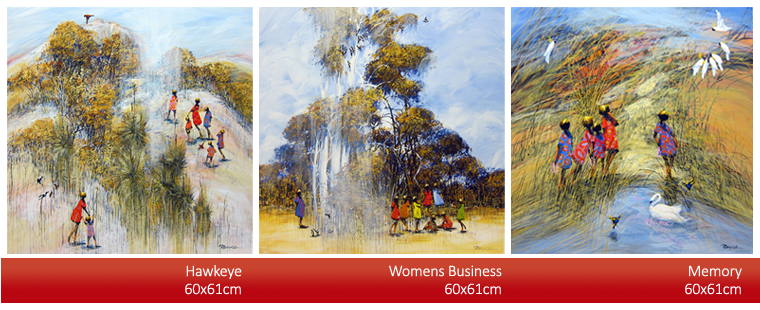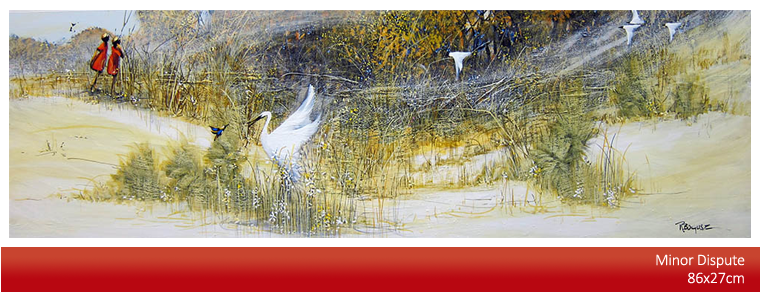 As one of five Queensland artists exhibiting at Red Hill Gallery as part of the Light & Air Exhibition from 2 May 2014, it was a treat to hear what Richard Bogusz has to say about the evolution of his artistic style and his inspirations.
As one of five Queensland artists exhibiting at Red Hill Gallery as part of the Light & Air Exhibition from 2 May 2014, it was a treat to hear what Richard Bogusz has to say about the evolution of his artistic style and his inspirations.
AC: Your career began while you were in Melbourne over forty years ago – how did it begin? What styles and aesthetics interested you most?
RB: In 1971, I decided to change my life style by abandoning the pre-desktop computer world and throwing myself into the world of painting. The transition, assisted by my wife Barbara, a Melbourne art gallery owner, allowed me to experiment in a variety of techniques and styles. I had fortunately stumbled into an unprecedented period of rapid growth in the art world that continued until the end of the century.
AC: It is believed that your art changed noticeably following your move to Queensland. What inspired you about Queensland?
RB: In 1986 we left Melbourne for an idyllic beachside property north of Townsville. I continued to paint and Barbara began Barrards Gallery in Townsville. During this period, my work became more friendly and colourful after meeting many Pacific Islanders and visiting their islands.In 2000 we moved to Ascot, Brisbane, and then finally in 2006 to the solitude of Beachmere. AC: When painting, where do you get your inspiration from? Are you working on other projects at the moment? Do you hope to explore new styles, mediums or ideas in the future?
AC: When painting, where do you get your inspiration from? Are you working on other projects at the moment? Do you hope to explore new styles, mediums or ideas in the future?
RB: Artists are often, as a matter of course, queried about their inspiration, influences, motivation and future endeavours. These questions are easy to pose but leave me perplexed within a philosophic conundrum. I can give what appears to be a glib universal response to each, in that I simply enjoy the challenge of creating; and this not only provides a comprehensive response to each question, but en masse.
AC: The Red Hill Gallery exhibition of your latest work explores the sense of nostalgia, familiarity and warmth expressed in your work. How would you describe the overall emotion of the series? How would you describe the differences between this series and your earlier work? What do you aim to express with this series?
RB: After 40+ years at the easel, I have at least gleaned one important aspect of painting that never fails to amuse me. I have, as many other artists, been confronted with clients that interpret a painting as possessing a certain attribute or meaning, when in fact the artist, wittingly or otherwise, had an entirely different intent. This brings me to what I regard as the most intriguing and sustaining aspect of art… Ambiguity is, I believe, the Essence of Art.






